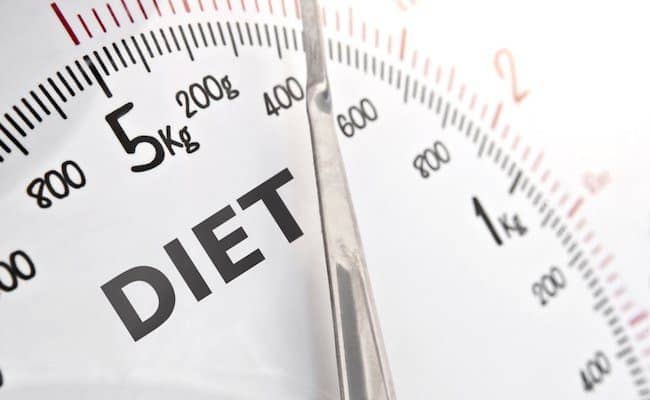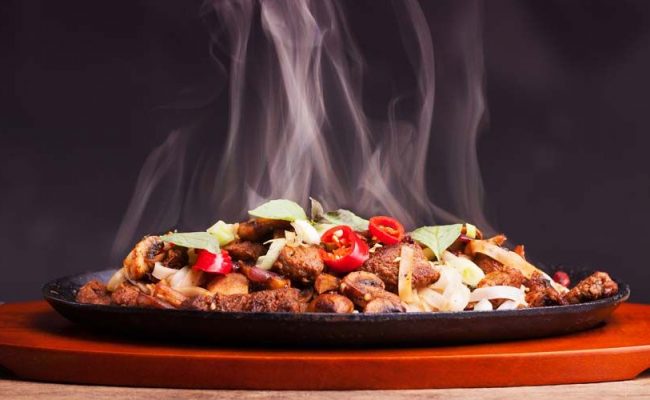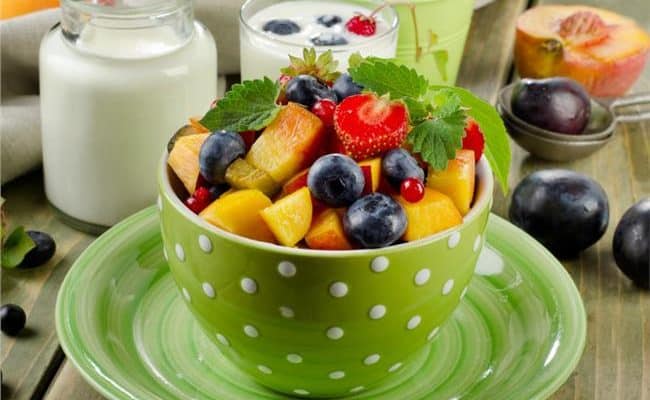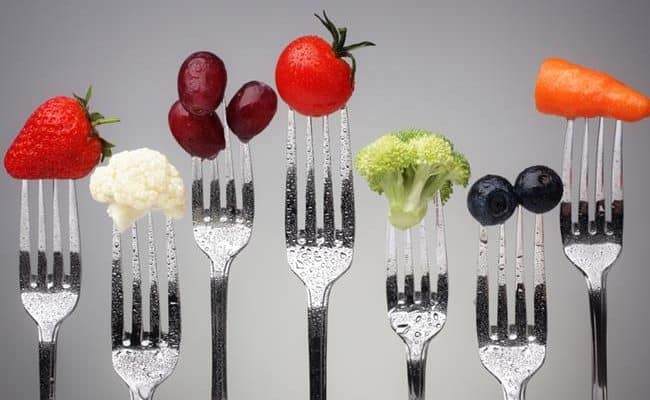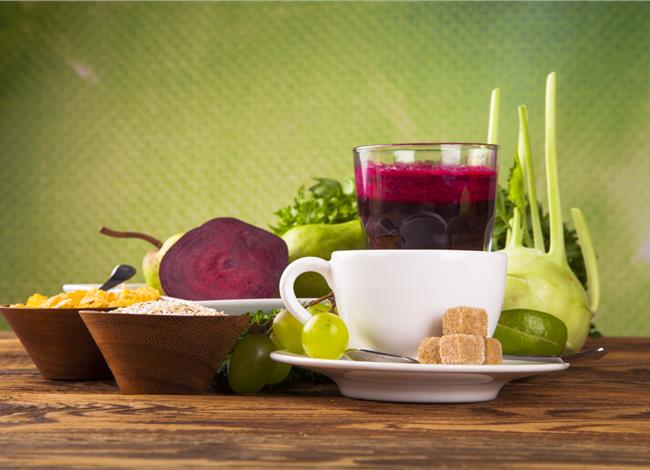
Cutting out 500 calories per day is common target for sustained weight loss. By cutting out 500 calories per day, you could possibly lose about 1 pound in a week. While individual weight loss results may vary, cutting out 500 calories per day can be a practical target for your weight loss goals.
Keep in mind your weight loss goals may require more or less cutting calories and other factors like exercise patterns can impact your sustained weight loss results.
The following ways can be easy steps to cut out empty calorie sources from your diet and increasing mindfulness to what you eat.
At any point in your weight loss efforts, it’s important to keep your food intake consisting of a variety of nutrient dense foods instead of mindlessly consuming empty calories.
See also:
- How to burn 500 calories per with exercise
- How many calories to eat per day
- How many calories in a pound
- How many calories to burn a day
How to reduce your daily calorie intake by 500 calories
These tips can help you trim out empty calorie food sources while keeping foods that provide key nutrients your body needs.
1. Don’t drink your calories
The first place to look when cutting empty calories is to look at what you are drinking. Soda pop, coffee drinks, sweetened tea and any other sweetened beverage is a source of liquid calories.
The problem with liquid calories is the brain doesn’t really “register” these calories. Also, the sugar and calories from some drinks can be drastically high.
Some coffee beverages can easily provide about 500 calories. Therefore, cutting these drinks or any other sweet beverages out of your daily routine is key for weight loss.
Other drinks that can be sources of empty calories are alcoholic drinks. Cocktails especially can have a high calorie amount that quickly adds up.
If you do want to have alcohol in moderation, choose low calorie alcoholic drinks like either a 12-ounce light beer or a 5-ounce glass of wine. Choosing these over mixed drinks can save calories.
What should you drink while trying to lose weight? Drink water or other unsweetened beverages. Add flavor to water or sparkling water with fresh fruit, herbs or cucumber slices.
Drinking enough water during weight loss is recommended as being slightly dehydrated can be confused as a signal to eat something.
2. Eat 20% less at meals
Depriving yourself on a low calorie diet can be challenging for long term success for weight loss. Starving yourself can slow your metabolic rate and may increase weight gain after stopping the diet.
Instead of drastically reducing your calorie intake, your mind doesn’t register subtly cutting portion size down according to research from Dr. Brian Wansink.
Dt. Wansink suggests dishing out 20% less food on your plate at meal times. Your brain won’t recognize the slight decrease in portion size, but it can be enough to cut out an extra few hundred calories throughout the day.
3. Eat protein at breakfast
Protein has the highest satiety value and is one reason why many weight loss diets advocate for a higher protein intake. In addition, eating protein earlier in the day can help control appetite later in the day which can translate to eating less food.
A 2013 study (1) examined whether a high protein (35 grams of protein, 350 calories), a normal protein breakfast (13 grams protein, 350 calories) or skipping breakfast had on appetite, satiety and food intake later in the day.
The high protein breakfast group had significantly higher levels of fullness throughout the day and had significantly lower levels of ghrelin, a hormone that acts to increase hunger. Consuming a high protein breakfast also led to reduced evening snacking.
Instead of skipping breakfast, consuming a balanced breakfast with 20-30 grams of protein may be helpful in lowering food intake later in the day.
4. Skip fast food
Fast food is notorious for being high in calories and low in vitamins, minerals and fiber. Therefore, skipping fast food makes sense if you want to lose weight.
However, another reason to skip fast food is when eating fast food, we tend to underestimate our calorie consumption. A 2013 study (2) found adults, adolescents and children underestimate their calorie intakes when eating fast food especially if the meal was large.
If you do eat fast food, note that your calorie estimate is probably going to be lower than what you’re actually eating.
Using the menu nutrition information can help make lower calorie choices or split a meal with someone instead of eating the whole meal.
5. Portion your food out
Eating food out straight out of a bag, box or other packaging can leave the door open to eat more than you intended.
Eating without seeing how much we are putting in our mouth can lead to over eating like eating the whole bag of potato chips when you just meant a handful or two. This can especially happen if you are eating while distracted like in front of the television or computer.
When you are eating, put your food onto a plate or bowl. That way you can keep track of how much you are actually eating.
6. Fill up on fiber
Cutting calories from your daily food intake can mean eating LESS food which can leave you MORE hungry. Eating 20% less at meals can be a way to subtly cut back on extra calories.
However, there are some foods you can eat 20% more of like fruits, vegetables or legumes. These foods are high in fiber and low in calories which mean you can eat a high volume of these foods without drastically increasing your calorie intake.
So, while you are serving yourself 20% less at meal times, you can serve yourself 20% MORE of these high fiber, low calorie foods. This will leave you satisfied and deter you from feeling like you have the munchies.
While you are eating more foods with fiber, eat slowly to allow your brain time to register when your stomach is full and not beyond full.
